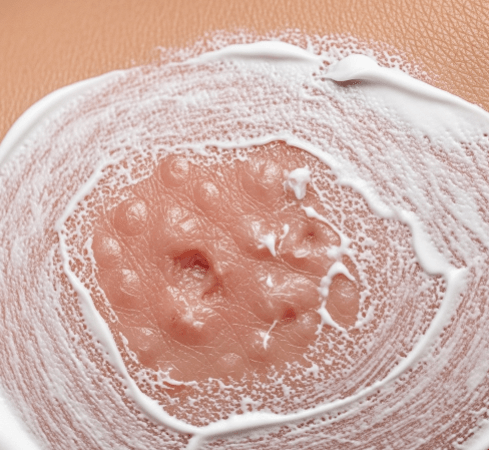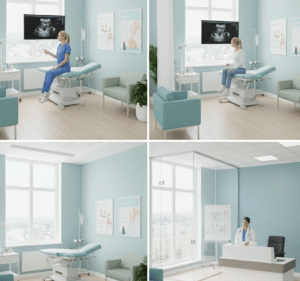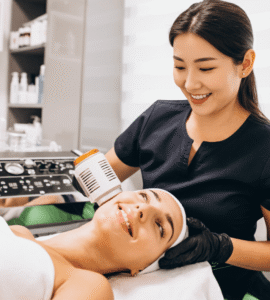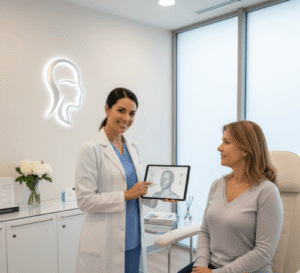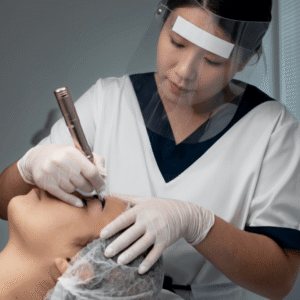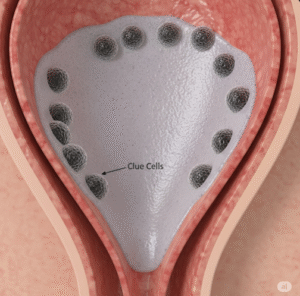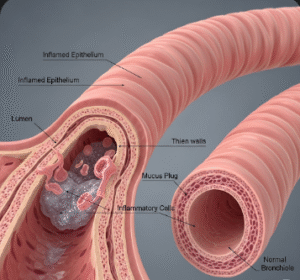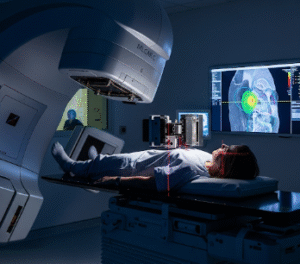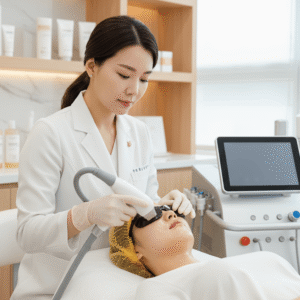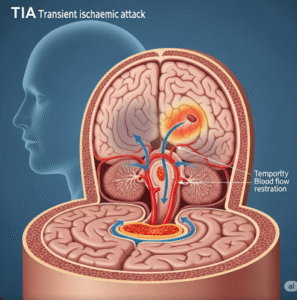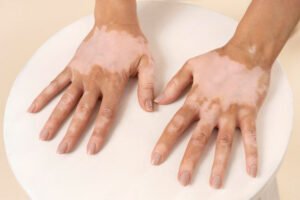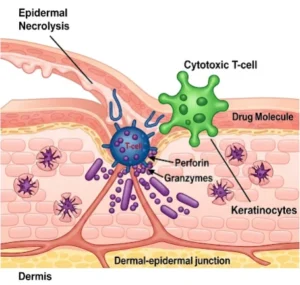A non-surgical topical therapy for early skin cancer management
What it is
Basal cell carcinoma (BCC) is the most common type of skin cancer, usually caused by chronic sun exposure. While most BCCs grow slowly and rarely spread, they can cause local tissue damage and cosmetic disfigurement if untreated.
Superficial BCC is a subtype that appears as red, scaly, or slightly raised patches, often on the trunk, neck, or face. Unlike nodular BCC, it tends to spread across the skin surface rather than deeply.
Imiquimod is a topical immune response modifier that activates the body’s immune system to destroy cancerous cells. Applied as a cream directly to the lesion, it stimulates local production of interferons and cytokines, leading to clearance of abnormal cells.
In Korea, imiquimod is widely used in dermatology and oncology clinics as a non-invasive, cosmetically favorable alternative to surgery for superficial BCC.
Why it’s done
Imiquimod therapy is chosen for superficial BCC for several reasons:
✔ Non-surgical option – Ideal for patients who wish to avoid excision scars.
✔ Cosmetic outcome – Preserves appearance, especially for visible areas like the face.
✔ Home-based treatment – Patients can apply the cream themselves after instruction.
✔ Effective clearance – Proven success in eliminating superficial BCC when used correctly.
✔ Alternative for surgery-ineligible patients – Beneficial for those with medical conditions limiting surgical options.
Alternatives
Other treatments for superficial BCC include:
→ Surgical excision – Gold standard; removes tumor with margins but leaves a scar.
→ Mohs micrographic surgery – High-precision surgery with tissue-sparing benefits; ideal for high-risk sites.
→ Cryotherapy – Freezing with liquid nitrogen; less precise and may leave scarring.
→ Curettage and electrodesiccation – Scraping and cauterizing; effective but leaves marks.
→ Photodynamic therapy (PDT) – Uses a photosensitizer and light activation to destroy cancer cells; commonly practiced in Korea.
→ Topical 5-fluorouracil (5-FU) – Another topical option, though less commonly used for BCC.
Imiquimod is often chosen in Korea when cosmetic results and non-invasiveness are priorities.
Preparation
Proper preparation ensures treatment safety and effectiveness.
➤ Diagnosis confirmation – Clinical exam and biopsy to confirm BCC subtype.
➤ Medical review – Assessment of immune status and other skin conditions.
➤ Photography – Baseline images for monitoring clearance.
➤ Patient education – Clear instructions on application frequency, side effects, and expected reactions.
➤ Skin preparation – Clean, dry skin before application.
How it’s done
Imiquimod therapy is straightforward but requires adherence.
➔ Application – Cream is applied directly to the lesion and a small margin of surrounding skin.
➔ Frequency – Usually 5 times per week for 6 weeks (protocol may vary).
➔ Technique – Cream is applied at night, left on for 6–10 hours, and washed off in the morning.
➔ Treatment response – Redness, scaling, crusting, and mild discomfort are expected signs of immune activation.
➔ Follow-up – Korean clinics schedule check-ups at 2–4 week intervals to monitor progress.
Recovery
Recovery with imiquimod focuses on healing of treated skin and clearance of cancer cells.
→ During treatment, redness, crusting, and scabbing are common but temporary.
→ Symptoms usually peak by the 3rd or 4th week and subside after therapy ends.
→ Healing typically occurs within 2–4 weeks after the last application.
→ Cosmetic outcomes are excellent, with smoother skin and minimal scarring.
Complications
Although safer than surgery, imiquimod therapy may cause:
✔ Local skin reactions – Redness, burning, itching, or ulceration.
✔ Flu-like symptoms – Rare, but fatigue, fever, or malaise may occur.
✔ Incomplete clearance – Some lesions may persist, requiring additional treatment.
✔ Recurrence – BCC can return in the same area if cancer cells survive.
✔ Pigmentation changes – Light or dark spots may remain temporarily.
In Korea, complications are minimized with tailored dosing schedules and supportive skincare.
Treatment options in Korea
Korea offers advanced dermatologic care for superficial BCC, making imiquimod therapy highly effective.
➤ Biopsy confirmation – All Korean clinics ensure accurate diagnosis before starting topical therapy.
➤ Structured application protocols – Dermatologists provide personalized treatment schedules to maximize success.
➤ Combination therapy – Imiquimod may be paired with cryotherapy, PDT, or laser resurfacing for resistant lesions.
➤ Cosmetic dermatology integration – After clearance, clinics may offer pigment correction and scar-prevention treatments.
➤ Digital monitoring – Photography and dermoscopy are used to track treatment progress precisely.
➤ International services – Bilingual consultations and structured care plans support medical tourists.
➤ Research leadership – Korean dermatologists actively contribute to global studies on non-surgical skin cancer therapies, ensuring safe and effective use of imiquimod.
By choosing imiquimod for superficial BCC in Korea, patients receive non-invasive, effective cancer treatment with excellent cosmetic results, supported by world-class dermatology expertise.

